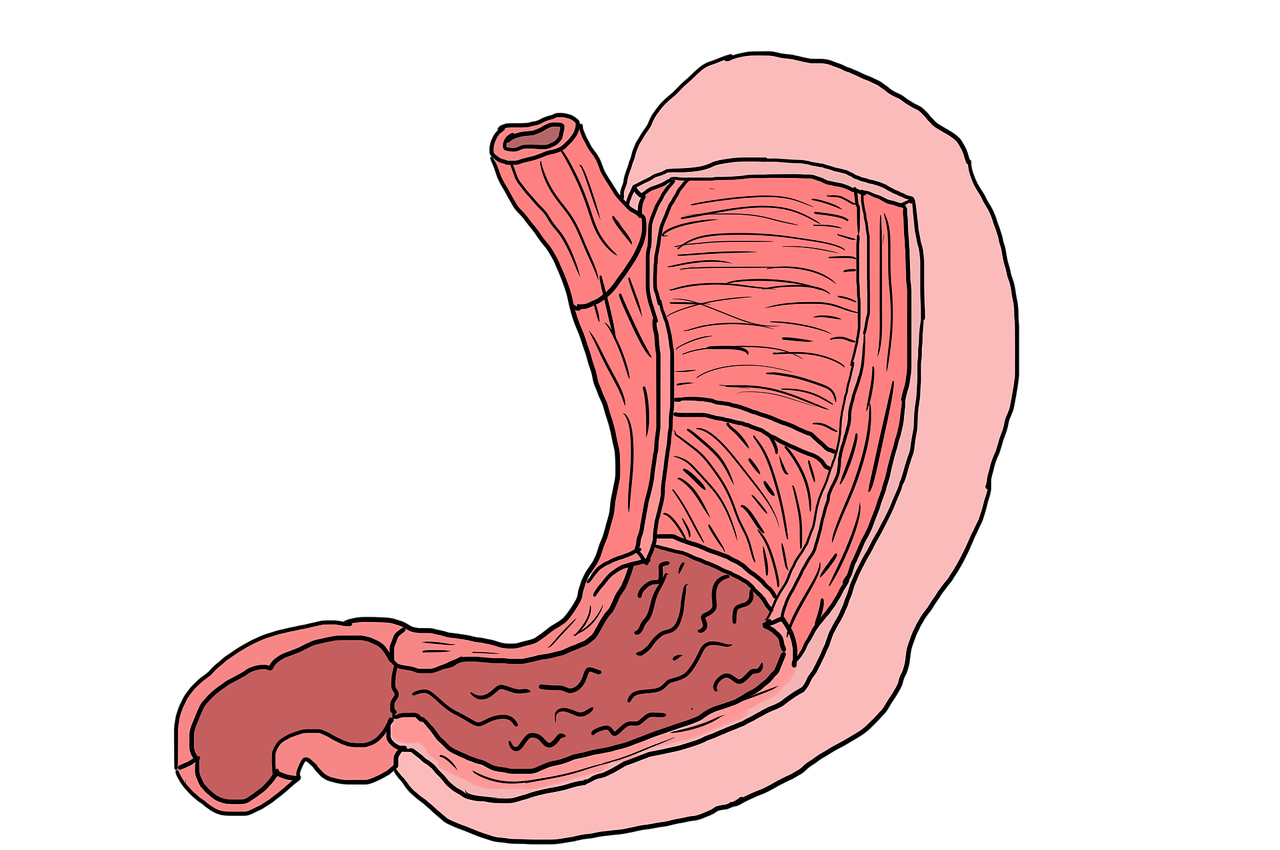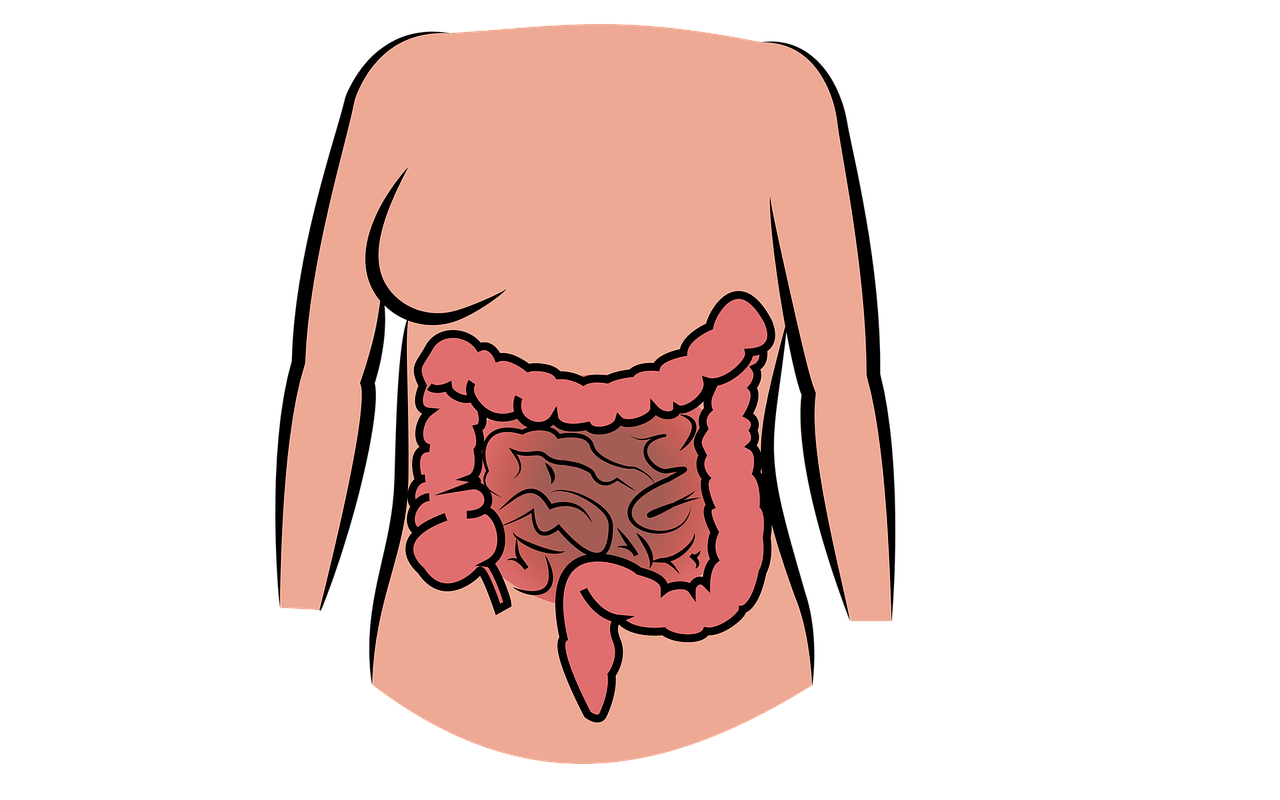The Problem with Most NMN Supplements: Why Delayed-Release Matters
Share
You've done your research. You understand that NMN can boost NAD+ levels, support cellular energy, and potentially slow aspects of ageing. You've invested in a quality supplement and take it religiously every morning. But here's the uncomfortable truth: if you're taking a standard NMN capsule, up to 90% of what you're paying for might never reach your cells.
The culprit? Your stomach acid.
How Stomach Acid Destroys Standard NMN Supplements
Your stomach is essentially a chemical warfare zone designed to break down everything you consume. With a pH ranging from 1.5 to 3.5—more acidic than lemon juice—stomach acid can dissolve metal. This extreme acidity serves an important purpose: it kills harmful bacteria and begins breaking down proteins and other nutrients for absorption.

Unfortunately, stomach acid doesn't discriminate between harmful invaders and beneficial supplements. NMN (nicotinamide mononucleotide), despite being a naturally occurring molecule in your body, is particularly vulnerable to this acidic assault.
The Three Ways Your Stomach Breaks Down NMN
When you swallow a standard NMN capsule, several destructive processes begin immediately:
Acid Hydrolysis: The acidic environment causes NMN molecules to break apart at their chemical bonds. This process, called hydrolysis, essentially dismantles the NMN structure before it can reach your small intestine where absorption occurs.
Enzymatic Degradation: Your stomach produces various enzymes designed to break down nutrients. Some of these enzymes specifically target the types of chemical bonds found in NMN, further reducing the amount of intact NMN available for absorption.
pH-Induced Instability: NMN is most stable at neutral to slightly alkaline pH levels (around 7-8). In the highly acidic stomach environment, the molecule becomes unstable and rapidly degrades into inactive byproducts.
Research Shows NMN Faces Significant Degradation in Stomach Acid
Recent research has directly examined what happens to NMN during digestion. A 2023 study published in Food Research International investigated NMN's behaviour under simulated gastric conditions, revealing important insights about its stability.
The research found that NMN is relatively stable in acidic environment but not in alkaline solution. However, this doesn't tell the whole story. The same study noted that NMN undergoes progressive degradation during digestion, being progressively degraded into nicotinamide ribose (NR), nicotinamide (NAM), and ribose as it moves through the digestive system.
While exact degradation percentages vary based on individual stomach acidity and transit time, research into similar compounds suggests significant losses can occur. The critical factor isn't just pH stability, but the duration of exposure combined with enzymatic breakdown and the mechanical churning action of the stomach.
This means that even if some NMN survives the initial acid exposure, the longer it remains in your stomach, the more likely it is to be broken down into less useful components before reaching the small intestine where absorption should occur.

So, if you're taking a 500mg NMN capsule, it may be that only 50-150mg might actually survive the journey to your small intestine in a form your body can use. You're essentially paying premium prices for a fraction of the advertised dose.
What Happens When You Don't Get Enough Bioavailable NMN
The implications extend beyond just wasted money. If you're not getting adequate amounts of bioavailable NMN, you're unlikely to see the benefits that attracted you to supplementation in the first place. This can lead to:
False Conclusions: You might assume NMN doesn't work for you, when in reality, insufficient amounts are reaching your cells.
Dosage Confusion: Some people respond by taking larger doses, which isn't cost-effective and may not solve the fundamental absorption problem.
Supplement Cycling: Frustrated users often switch between brands, not realising that the issue isn't the quality of the NMN itself, but how it's delivered.
The Small Intestine Solution
Here's what should happen: NMN needs to reach your small intestine intact to be properly absorbed. The small intestine has specific transporters (particularly the Slc12a8 transporter) designed to recognise and absorb NMN molecules. Once absorbed, NMN can enter your bloodstream and be distributed to cells throughout your body where it's converted to NAD+.

This is where the absorption should occur—not in the acidic chaos of your stomach.
Enter Delayed-Release Technology
The solution lies in protecting NMN during its dangerous journey through the stomach. Delayed-release (also called enteric-coated) capsules are specifically designed to resist stomach acid while dissolving safely in the more alkaline environment of the small intestine.

How It Works: These capsules use special coatings that remain intact in acidic conditions (pH 1.5-3.5) but dissolve rapidly when exposed to the higher pH levels (6.5-7.5) found in the small intestine.
Timing Matters: The average food stays in your stomach for 2-4 hours. Delayed-release technology ensures the capsule survives this entire period before releasing its contents in the optimal location for absorption.
Targeted Delivery: Instead of hoping some NMN survives stomach acid, delayed-release ensures the full dose reaches the precise location where your body is equipped to absorb it.
The Science Behind Protection
Enteric coating technology isn't new—it's been used in pharmaceutical manufacturing for decades to protect sensitive medications. The coatings typically use polymers that are specifically pH-sensitive:
Methacrylic Acid Copolymers: These remain stable in acidic conditions but dissolve rapidly when pH rises above 5.5.
Hydroxypropyl Methylcellulose Phthalate (HPMCP): Dissolves at pH 5-5.5, making it ideal for small intestine targeting.
Cellulose Acetate Phthalate (CAP): Designed to dissolve at pH 6 and above, ensuring release in the optimal absorption zone.
Choosing the Right NMN Supplement
When evaluating NMN supplements, the delivery method should be a primary consideration, not an afterthought. Look for:
Delayed-Release Technology: Specifically mentioned on the label, not just "enteric-coated" (which can be vague).
pH-Resistance Claims: Products that specifically address stomach acid protection.
For those seeking pharmaceutical-grade quality with proper delayed-release protection, our Pure NMN Supplement uses advanced enteric coating technology to ensure maximum bioavailability. Each 500mg capsule is designed to deliver its full contents to your small intestine where NMN absorption is optimised.

For those preferring a comprehensive approach, our NMN Complex combines delayed-release NMN with synergistic compounds like TMG and resveratrol, all protected by the same advanced delivery system.
The Bottom Line
NMN supplementation can be genuinely beneficial for supporting cellular health and energy levels—but only if the NMN actually reaches your cells. Standard capsules may seem more affordable, but they're false economy if most of their contents are destroyed before absorption.
Delayed-release technology represents the difference between taking an NMN supplement and taking one that actually works. When you're investing in your long-term health, shouldn't you ensure you're getting what you pay for?
The choice is yours: continue playing supplement roulette with standard capsules, or invest in technology designed to deliver results. Your cells—and your wallet—will thank you for making the informed decision.
This article is for educational purposes only and should not replace professional medical advice. Always consult with a healthcare professional before starting any new supplement regimen.
